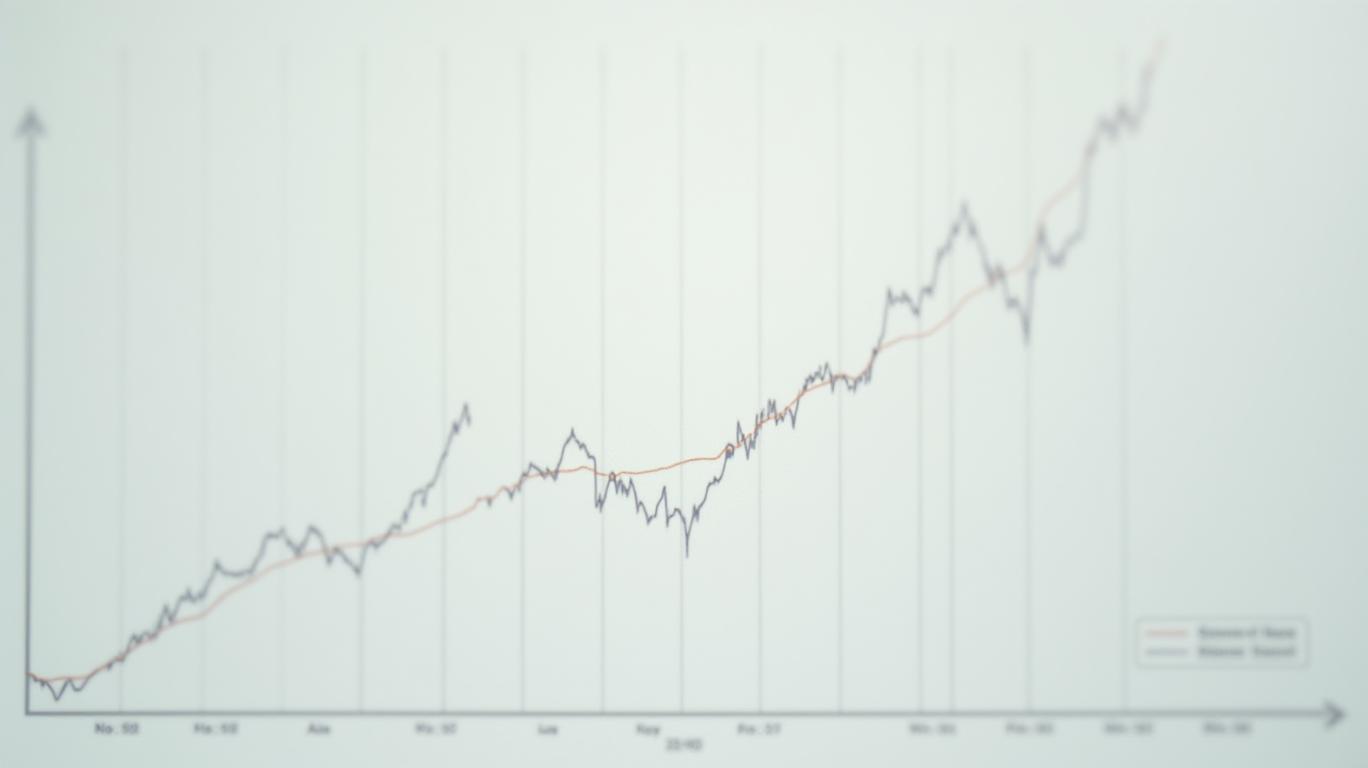Navigating the Ultra-Short Bond ETF Dividend: A Look at Global X’s HFR in a Low-Yield Environment
The Global X Active Ultra-Short Term Investment Grade Bond ETF (HFR) has declared a monthly dividend of CAD 0.0315 for April 2025, a slight dip from the March distribution of CAD 0.0320. This announcement underscores the fund’s role in income-seeking portfolios, but it also invites scrutiny of its performance, risks, and positioning in today’s market. Let’s dissect the implications for investors.

Dividend Dynamics and Yield Stability
The April dividend represents a 1.5% decline from March, reflecting the ETF’s non-guaranteed distribution policy. However, the trailing 12-month yield of 4.21% (based on NAV) remains robust for an ultra-short-term bond fund. To contextualize this, consider the fund’s weighted average coupon rate of 4.30%, which underpins its income-generating capacity.
This data visualization would reveal a relatively stable pattern, with minor fluctuations typical of bond ETFs in low-rate environments. The slight dip in April aligns with seasonal adjustments in interest rates and portfolio rebalancing, rather than signaling a systemic issue.
Portfolio Resilience in Rising Rates
HFR’s weighted average duration of 0.69 years is a critical feature. This ultra-short maturity profile minimizes exposure to interest rate risk—a vital consideration as central banks cautiously navigate inflation. Combined with an average credit quality of BBB+, the portfolio balances income potential with moderate credit risk.
The fund’s hedging strategy—converting USD-denominated holdings to Canadian dollars—adds another layer of stability. While no hedge is perfect, this mitigates currency volatility for Canadian investors, a key advantage in a globally interconnected market.
Performance and Valuation Metrics
As of April 11, 2025, HFR’s NAV per unit was CAD 10.02, with shares trading at a 0.16% premium to NAV. This narrow gap suggests efficient pricing, though investors should monitor liquidity. The fund’s average daily trading volume of ~173,000 shares supports ease of entry and exit, though not on par with mega-cap ETFs.
This chart would likely show a tight correlation between NAV and market price, reinforcing the fund’s liquidity and fair valuation.
Costs and Competitiveness
With a management expense ratio (MER) of 0.49%, HFR sits comfortably within the peer range. For comparison, leading short-term bond ETFs like BNDX (0.10%) or SHY (0.14%) are cheaper, but they lack HFR’s active management and hedging.
This would highlight HFR’s premium for active oversight and currency hedging, justifying its cost for investors prioritizing these features.
Risks and Considerations
- Distribution Volatility: The fund warns distributions may include a return of capital, reducing investors’ adjusted cost base. A CAD 0.0315 dividend on a NAV of CAD 10.02 implies less than 0.3% return of capital, but cumulative effects over years could impact tax liabilities.
- Currency Risks: While hedged, residual USD exposure may persist during extreme volatility.
- Interest Rate Sensitivity: Though duration is low, a sharp rate hike could modestly compress bond prices.
Conclusion: A Balanced Income Play
Global X’s HFR remains a compelling option for investors seeking modest, stable income in a low-yield world. Its 4.21% trailing yield and 0.69-year duration offer a rare blend of income and safety, especially for Canadian investors shielded by currency hedging. While the April dividend dip is notable, it falls within historical fluctuations rather than signaling distress.
Key data points reinforce this stance:
- The 4.30% weighted average coupon ensures consistent income generation.
- The 0.49% MER is reasonable for an actively managed, hedged ETF.
- The BBB+ credit quality balances risk without overexposure to junk bonds.
However, investors must remain vigilant about distribution composition and market liquidity. For those prioritizing capital preservation and steady payouts, HFR merits a place in fixed-income allocations—provided they accept the ETF’s limitations in volatility and cost. In a market starved for yield, this fund delivers what it promises: ultra-short-term stability with a dividend kicker.


_442a2dcc1749832873286.jpeg)
_e68fac6d1749831664430.jpeg)






